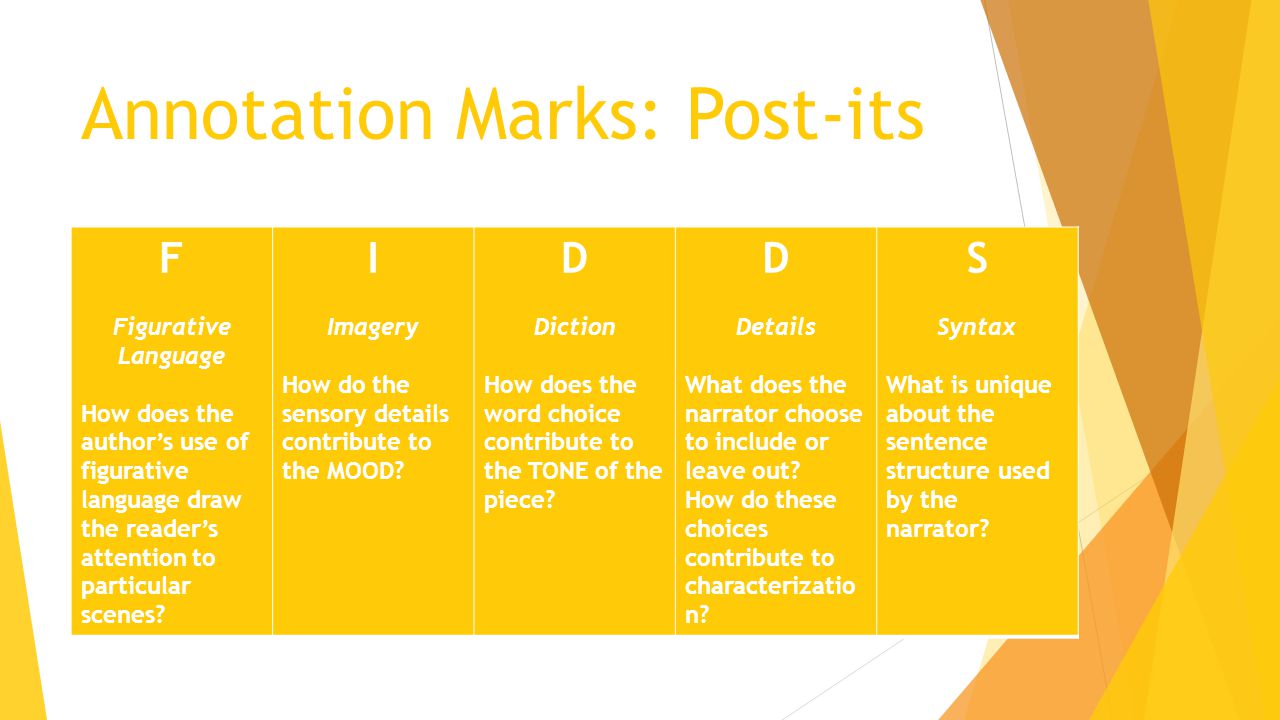

During a moderated one-day meeting prior to the PCNE working conference 2013, 14 members of PCNE and 10 additional experts developed a PCNE. This is especially important, when developing guidelines for PhC. Christopher Bollas, "Normotic Illness," in The Shadow of the Object: Psychoanalysis of the Unthought Known (New York: Columbia University Press, 1987), 135-56.īackground (40): The board of the Pharmaceutical Care Network Europe felt the need to redefine Pharmaceutical Care (PhC) and to answer the question: “What is Pharmaceutical Care in 2013”. Stern, The Interpersonal World of the Infant: A View from Psychoanalysis and Developmental Psychology (New York: Basic Books, 1985), 138-61.Ħ. Kernberg, Borderline Conditions and Pathological Narcissism (New York: Jason Aronson, 1975), 37.ĥ. Sadock, Modern Synopsis of Comprehensive Textbook of Psychiatry (Baltimore: Williams and Wilkins, 1972), 89-92.Ĥ. Conor Cruise O'Brien, "Nobs and Snobs," review of Evelyn Waugh: The Early Years, 1903-1939, by Martin Stannard, New York Review of Books 35 (4 February 1988): 3-6.ģ. All subsequent quotations are from these editions and are cited parenthetically in the text.Ģ. Charlotte Perkins Gilman, The Yellow Wallpaper (1899 reprint, Old Westbury, N.Y.: Feminist Press, 1973) and Evelyn Waugh, The Ordeal of Gilbert Pinfold (Boston: Little, Brown, 1957). Louis Psychoanalytic Institute, and Associate Clinical Professor of Psychiatry at St. Post is a training/supervision analyst and chairman of the education committee of the St. As we strive to teach and deliver pharmaceutical care, we can use literature to help us understand the emotional impact of our drug therapies.

The yellow wallpaper annotations professional#
Short stories such as "The Yellow Wallpaper," novels, and other short stories can help to remind the healthcare professional of the subjective nature of even our most proven therapies. Some biographical information about Mitchell and Perkins is included, as well as a commentary on the treatment of depression in the 19th century. The author, Charlotte Perkins Gilman, loosely based the story on her own experience with the respected physician, S Weir Mitchell and his famous rest cure. This short story describes a 19th-century woman's "descent into madness" and the ineffective treatment attempted by her well-meaning physician husband. The short story "The Yellow Wallpaper" is analyzed in this article as one example of how literature portrays the patient's emotional response to disease. Literature can pose a wealth of information to the healthcare professional. Pertinent information, as judged by the author, was selected for discussion. SELECTION AND DATA EXTRACTION: All articles and literature were considered for possible inclusion in this article. Additional literature was obtained from a search of the New York University Web site on medicine and humanities, biographies of Charlotte Perkins Gilman, and a search of the MLA and INFOTRAC database.

To discuss how literature can be used to educate healthcare practitioners and students about the patient's physical and emotional response to treatment.Ī MEDLINE search (January 1975-November 1997) of English-language literature pertinent to using literature in health care was performed.


 0 kommentar(er)
0 kommentar(er)
